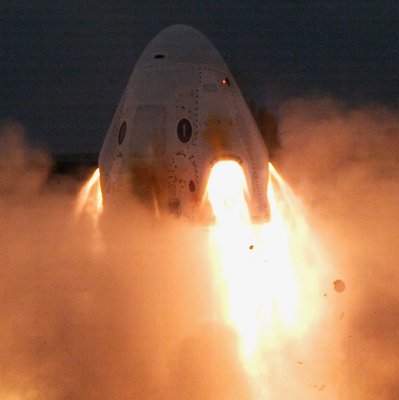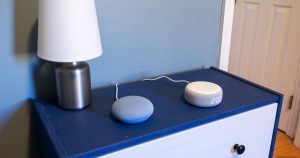
SpaceX has confirmed that it ran a static fire test of its Crew Dragon astronaut capsule launch escape system. That’s a key step that it needed to run, and one that is under especially high scrutiny because a static fire of its thrusters back in April resulted in an explosion that destroyed that spacecraft. After an investigation, SpaceX and NASA were confident that they identified and corrected the cause of that faulty test, which seems to have worked in their favor with today’s engine fire.
Today’s stick fire appears to have gone much more smoothly, with SpaceX noting that it ran for the full planned duration, and that now its own engineers along with NASA teams will be reviewing the results of this test and the data it provided. So long as what these teams find from these test results is within their expected range and criteria for success, that will mean they can move on to an in-flight demonstration of the crew space system — the next and necessary step leading up to the eventual crewed flight of Crew Dragon with NASA astronauts on board.
The in-flight abort test that will be the next key step for Crew Dragon will demonstrate how the SuperDraco crew escape system would behave in the unlikely event of an actual emergency during a crewed mission, albeit with a Crew Dragon spacecraft that doesn’t actually have anyone on board. NASA requires that its commercial crew partners demonstrate this system to ensure the safety of those on board by showing that they can quickly move the crew capsule to a safe distance away from the spacecraft in case of emergency. Elon Musk has said they’d hope to fly an in-flight abort as early as mid-December, provided this static test shows that everything is behaving as predicted.
If everything goes as planned with that crucial demonstration, NASA and SpaceX are optimistic that a first mission with crew on board could fly as early as the first part of next year. Commercial crew co-contractor Boeing is tracking to a similar timeline with its own Starliner crew capsule program.



